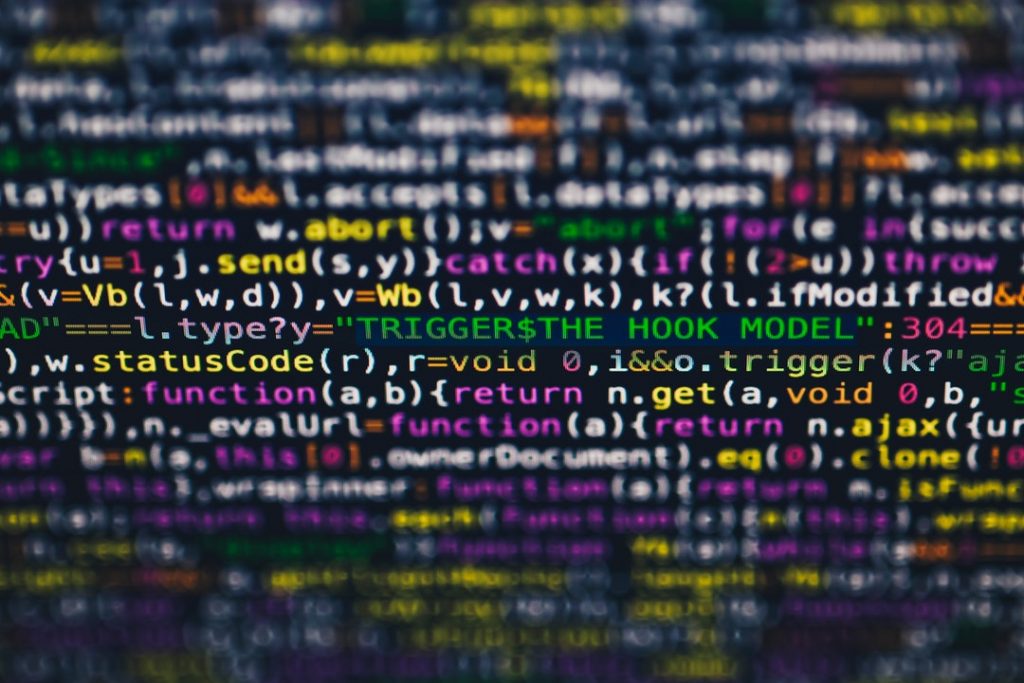What Is DAQ? Everything You Need to Know About Data Acquisition
If you’re interested in data acquisition you started at the right time. The world generated over 90% of its data in the past two years, making it necessary for our top-minds to make sense of large batches of information.
But, this is the DIY generation. You don’t have to take a course to learn all you need to know about data acquisition.
From the worlds cellphone data to ultrasound technology, data acquisition is something you should understand.
On that note, if you want to learn how DAQ works and how it can make your job easier, read on for the gist.
What Is Data Acquisition?
The world is full of physical signals that need to be tracked, recorded, and processed. Data acquisition is the process of digitizing these physical signals.
For example, light intensity and temperature are two physical wave-forms (signals) that people record and report for the general population. In order for either signal to be stored and shared on a platform far-reaching enough for a global audience, or even between technicians, those signals must be converted to digital data.
Medical DAQ
The human brain generates electrical signals as neurons (nerve cells) pass information between each other. This process can be acquired and processed by a system which displays onto an EEG (electroencephalogram).
Ultrasounds capture live data through sound waves, these physical signals can only be displayed to a mother after data acquisition takes place.
Real-time data acquisition is a superset of these solutions, making instant updates on patients in critical condition. This form of DAQ involves processing speed and can be enhanced through better DAQ systems technology.
Industrial DAQ
DAQ is responsible for things like nuclear reactor tube testing, preventing meltdowns, and tracking data for higher energy efficiency.
Areas like film and sound quality, airborne communications, and pipeline tests all start as physical information that needs converting to digital data.
Industrial DAQ has also made it easier for large companies to make changes to their in-house technologies. Active updates from raw data allow for leaders to access which technology needs improvement.
Other areas include:
- Atomic research
- Chemical reactions in foods and agriculture
- Sound imaging
- Spectroscopy
Before DAQ takes place, all of these forms of physical waves and bits of information have to be converted to a data acquisition system.
Data Acquisition Systems
A DAQ system typically has three parts:
- A sensor that picks up signals
- A program or middle-technology that processes the data so it can convert to digital
- An ADC or analog-to-digital-converter
If you’re still curious about how a data acquisition system can make data-science possible, you can find additional help here.
Sensors
Sensors, or transducers, take one type of energy and convert it into another. In the case of DAQ, sensors change raw physical data into electrical signals. But, the obvious question is how?
In most cases, a sensor converts some wave-form into a voltage or electrical current readable by a computer.
But, once a sensor converts raw data into digital, an intermediate layer comes into play.
DAQ Devices
These are the physical boards that convert analog electrical signals into a language your computer can read. A common DAQ device usually has two ports, one for the incoming signals, and another outputting to a computer.
Before signals are safe for digitization a DAQ must condition unsafe frequencies. If you can imagine a physical signal as a wave with lots of fluctuations, signal conditioning makes these waves smoother and calmer.
Signal conditioning also strengthens signals that aren’t strong enough for a computer to read. SC often uses amplification to increase signal strength in times like these.
Another component is the ADC. The ADC (analog-to-digital-converter) samples, or copies, portions of the analog signal coming in and changes it to a digital format.
Finally, once these two key processing stages are complete, a computer bus directs the processed signals to your computer. This is your “USB stage” of sorts. Meaning, the final bridge connected your DAQ device to your computer.
Data Acquisition In Business
There’s another form of data acquisition worth knowing: the process of utilizing data from outside your organization and converting it to practices that work for your business.
This technique takes the traditional model of DAQ and applies it to areas like digital marketing, Machine Learning, and research.
The DAQ market made over $2.26 billion in 2015. Here are the ways marketing-first DAQ made that money:
- Gathering and monitoring user data
- Tracking behavior through data analytics, applying the findings to advertisements
- Leveraging web-data to improve sales
But, how does this relate back to traditional DAQ definitions?
In the case of large businesses, data acquisition systems are primarily used for large industries.
In the case of metal plants, for instance, heat levels are monitored using DAQ. This doesn’t just raise profits but can improve the insurability of a company.
That is if heat levels go unmonitored, things like explosions and workers overheating become scary possibilities.
This data also turns back to marketers and employers, who can demonstrate to workers that their facility is safe and well-managed.
DAQ Flips The Script
Data acquisition has changed the way the world looks at raw data.
From unthinkable temperatures recorded from volcanos to nuclear melt-downs prevented at the last second due to clean data. DAQ is an important facet of our modern world.
Face it, you’ve learned a lot in a thousand words.
Whether you look at this as a perfect educational post to share, or you’ve discovered a business approach that leverages DAQ, make the most of your newfound knowledge and start studying the world!

